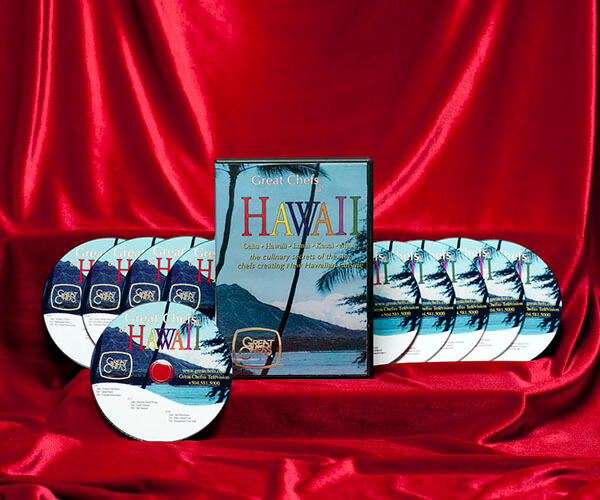Former disciples at the influential Noma branch out in surprising, not necessarily Scandinavian directions.
PHOTOS BY LAERKE POSSELT • NEW YORK TIMESPizza with creamy burrata and leeks at Baest, left, and the grilled cheese taco at Hija de Sánchez in Copenhagen.
It wasn’t long before some of those who worked under René Redzepi at Noma branched out on their own — Christian Puglisi, a former sous chef, for instance, just celebrated his restaurant Relae’s fifth birthday. Now, while Redzepi is taking Noma in new directions — including reopening his restaurant as an urban farm — those who trained under him are no longer simply riffing on Nordic themes, but expanding or even discarding the New Nordic label altogether. Best of all, they’re doing so at all price levels.
Laid-back or refined
On the expensive side are Amass and Studio. Graffiti runs along a concrete wall in Amass’ dining room, a clue that the chef, Matt Orlando, does not adhere entirely to the Nordic playbook. Although the restrained artistry of his dishes — they often look as if they were recovered from some extraordinarily beautiful forest floor — reflects the influence of his stint as head chef at Noma, the flavors here in, say, St. John’s wort leaves stuffed with a creamy pea purée, are less acidic than the typical Nordic ones.
That makes sense: Orlando is from California, which may explain his restaurant’s laid-back vibe. Dinner often ends with patrons gathered outside around a bonfire. Tasting menu starts at 595 kroner (about $89, at 6.67 Danish kroner to the dollar).
There are no bonfires at Studio, which is all about refinement. Located in an old customs house, its sleek dining room juts out over Copenhagen’s harbor. At the helm is Torsten Vildgaard, who worked for many years as Noma’s research chef, developing many of the restaurant’s dishes. On his own, he has allowed some of his French proclivities to slip into lovely dishes strewn with Nordic-style flowers and foraged herbs. A small heap of shaved truffles tops a perfectly poached quail egg, served wittily in a carton of untouched ones; brown butter adds caramelized flavors to what may be the world’s best monkfish. Tasting menu for dinner starts at 900 kroner ($135), although there is a lunch menu for 450 ($68).
A Danish taqueria and pizzeria
On the affordable end of the scale isHija de Sánchez. Passers-by at the Torvehallerne food market often marvel at the hand-cranked machine that turns out perfect tortillas at this stand. Until recently, Rosio Sánchez was Noma’s pastry chef. Now she has opened the kind of place dear to her Mexican-American heart: a taqueria. But these are hardly ordinary tacos: The sweetly savory mole sauce gets its depth from 28 ingredients; the queso fresco is handmade from Danish milk, and those astonishingly good tortillas are made of Oaxacan corn that Sánchez mills herself. Three-taco combo plate, 100 kroner ($15).
Christian Puglisi also honors his roots — he’s half-Sicilian — with his newest enterprise, Baest. A rollicking pizzeria, it, too, pays obsessive attention to its ingredients: The salumi is made and cured in-house from local organic pork, and the mozzarella, made from Danish milk, is pulled by hand. The pizzas, like one with creamy burrata and leeks, are cooked in the open kitchen’s wood-burning oven, and are as good as any you’ll find in Italy. Dinner for one, not counting drinks or tip, about 200 kroner ($30).
There are other noteworthy additions to the “former chef of Noma” list, including, at the high end, Taller, which specializes in a refined version of Venezuelan cuisine, and, at the other, the cozy Café Lillebror, where whiskey porridge at breakfast and excellent sandwiches at lunch give way to a creative, accomplished tasting menu at dinner. Is it Nordic? In Copenhagen, at least, it no longer seems to matter.













